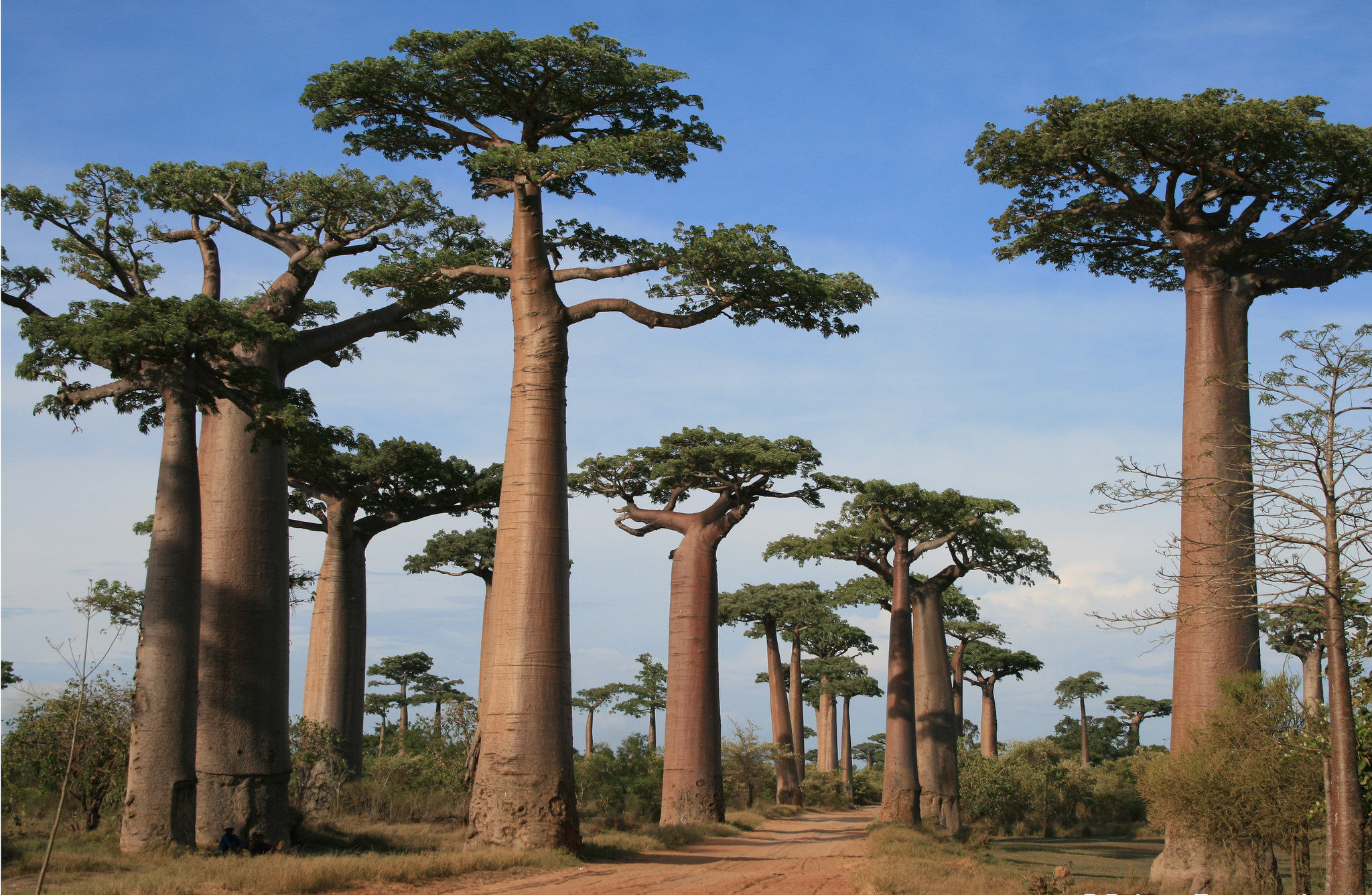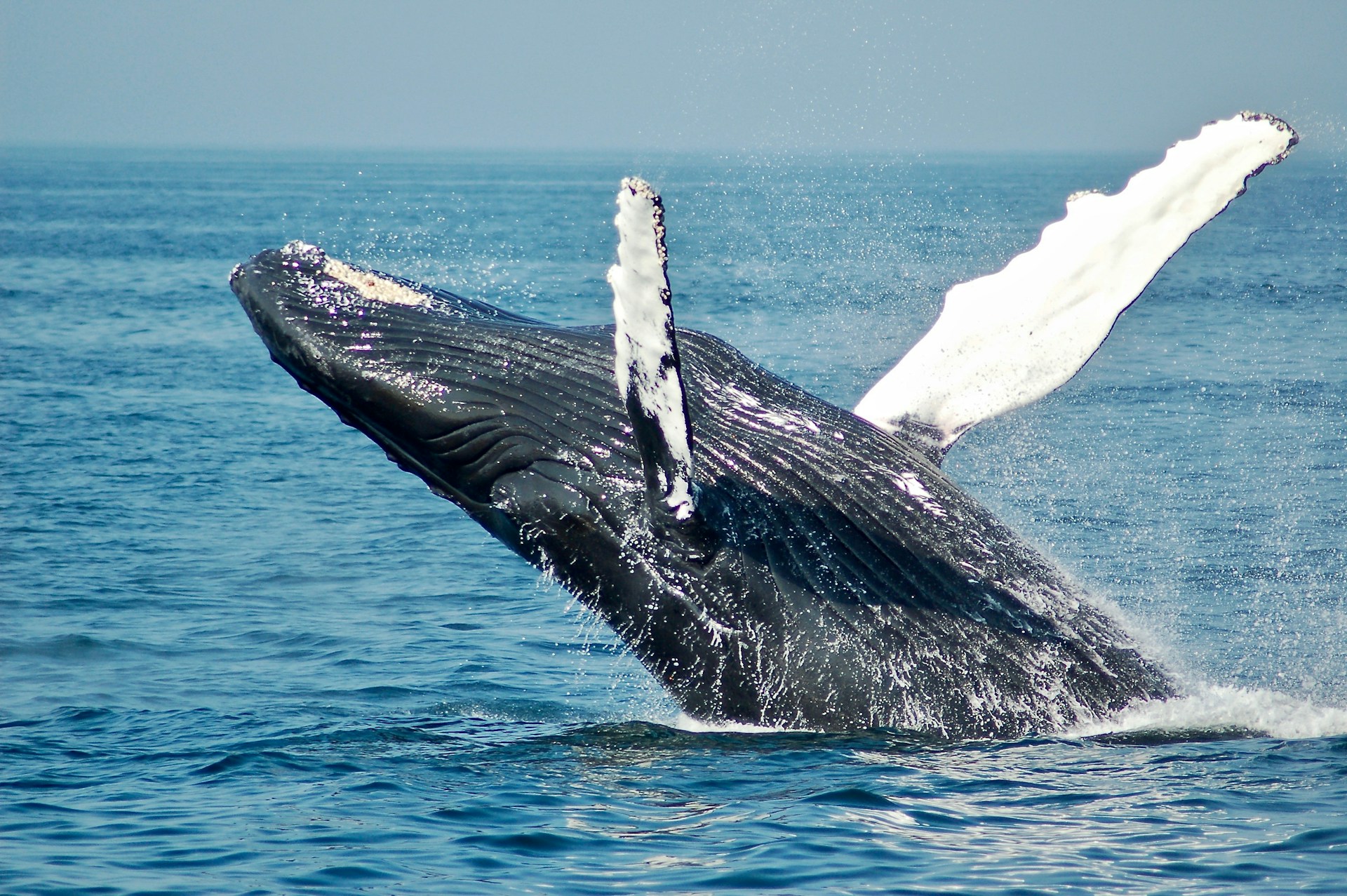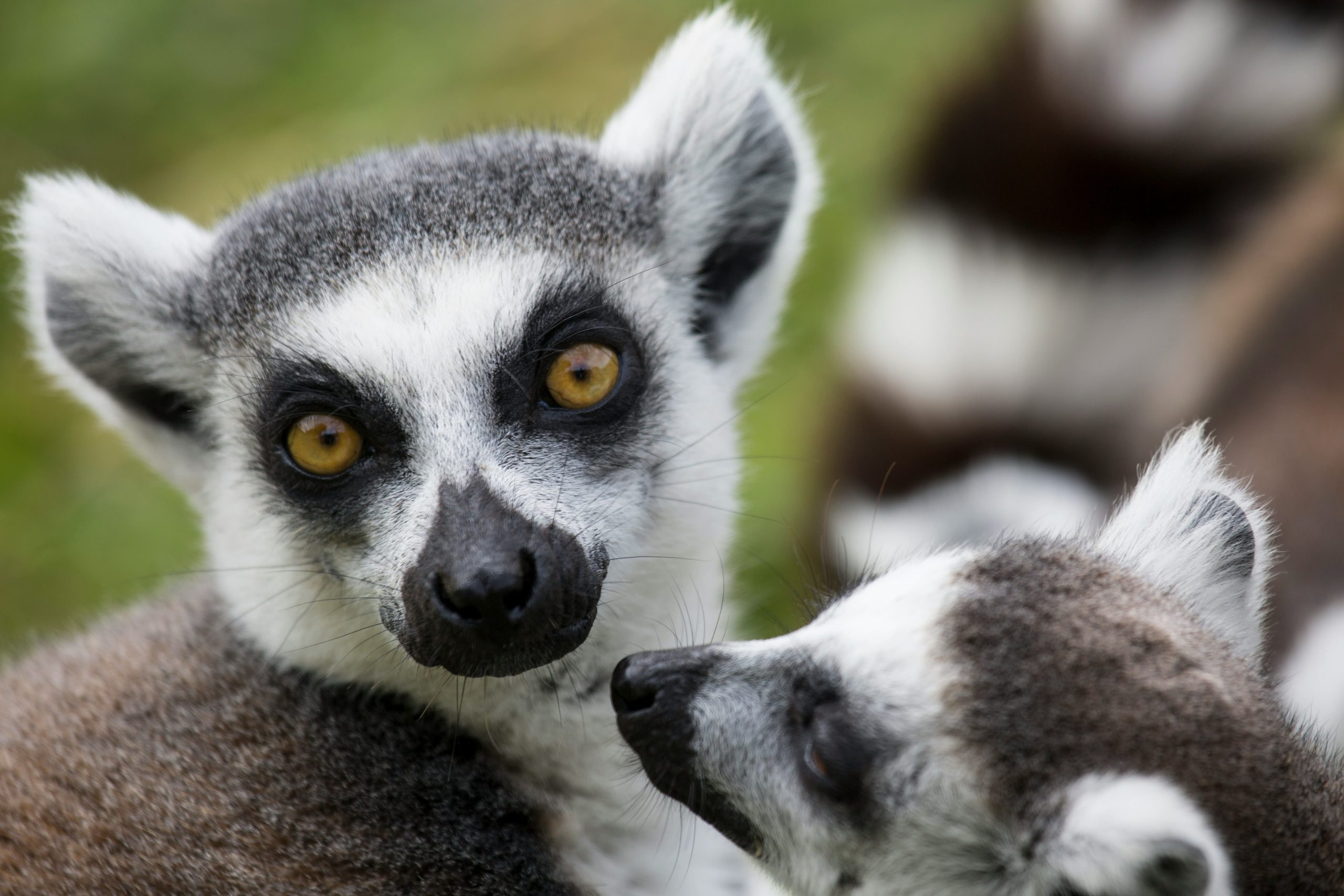Madagascar
The Grand Traverse: An Expedition Along Route Nationale 7
Overview
This is an overland expedition to the very soul of Madagascar. Your journey follows the legendary Route Nationale 7, a path that unspools from the country’s highland heart to the sun-drenched shores of the Mozambique Channel. It is a story of constantly changing landscapes, from terraced hillsides to primeval rainforests and otherworldly canyons, revealing the profound secrets of the Eighth Continent one discovery at a time.
The Highland Heart of Craft and Culture
Your adventure begins in the capital, Antananarivo, before venturing into the central highlands. The road south is a ribbon weaving through a tapestry of terraced rice paddies and traditional villages. The first major stop is Ambatolampy, a town known for its small, family-owned factories that produce aluminium cooking pots sold across the island. The journey continues to Antsirabe, a city with a tranquil ambience founded by Norwegian missionaries drawn to its cool climate and natural thermal springs.
The road then leads to Ambositra, the nation’s capital of artisanry. Here, you have the opportunity to visit the workshops of the Zafimaniry, an ethnic group renowned for their exquisite wood sculptures and marquetry. This is a chance to witness a living cultural heritage firsthand before retiring for the night.
Journey into the Rainforest
The landscape shifts as you venture east off the main road and descend into the misty realm of Ranomafana National Park. The name means “hot water” in Malagasy, a nod to the thermal springs that first gave the area its renown during the colonial era. After settling in, you will embark on a night visit, a thrilling introduction to the forest’s hidden nocturnal inhabitants. The following day is dedicated to exploring the park itself, a 40,000-hectare UNESCO World Heritage Site. It is a sanctuary of unrivalled biodiversity, home to 12 species of lemur, 115 kinds of birds, and a staggering array of other endemic life.
Canyons, Community, and Coastline
Returning to the Route Nationale 7, the journey continues south through the “city of 1001 churches,” Fianarantsoa, and into a unique mountain landscape. In the town of Ambalavao, you will visit a workshop demonstrating the traditional creation of Antaimoro paper. A short drive away lies a true highlight: the Anja Community Reserve. Managed entirely by the local community, this reserve is a conservation success story and home to a large, thriving colony of ring-tailed maki lemurs.
The scenery becomes progressively drier as you approach your next destination, the village of Ranohira, gateway to the magnificent Isalo Massif. You have a full day to explore the 80,000-hectare Isalo National Park, a wonderland of sandstone rocks eroded into bizarre shapes, deep canyons, and lush oases with natural swimming pools. The park is a prime location to spot ring-tailed lemurs and the Verreaux’s Sifaka. The final leg of the drive takes you to the coast, passing the first iconic baobab trees that signal your arrival in the arid south. The road ends in Tulear, from where you’ll continue to the tranquil coastal village of Ifaty/Mangily. Here, you can relax on the beach or explore the local Honko Mangrove Reserve on a guided kayak tour. After a final day enjoying the coast, an evening flight returns you to Antananarivo, where a walking city tour awaits the next morning before your journey concludes.
Your accommodations have been chosen to reflect the character of each region, offering comfort and a distinct sense of place.
- Grand Hotel Urban (Antananarivo): Located in the heart of the capital, this is a modern and stylish hotel. Its central location provides easy access to the city’s popular attractions and cultural sites. The hotel features comfortable rooms with essential amenities and a restaurant serving both local and international cuisine.
- Hotel Artisan (Ambositra): Situated just a five-minute walk from the town centre, this hotel offers 26 rooms with modern comforts. It serves as an ideal base for exploring the artisan workshops of the Zafimaniry craftspeople that make the town famous.
- Thermal hotel (Ranomafana): This three-star hotel’s architecture is based on the former accommodation for guests of the region’s hot spring spas. It provides a comfortable retreat in the lush surroundings of Ranomafana National Park, perfectly positioning you for rainforest exploration.
- Relais de la Reine (Isalo): A remarkable hotel and spa perfectly integrated into a 40-hectare oasis near Isalo National Park. The granite buildings are designed to blend seamlessly with the surrounding sandstone rocks and lush vegetation. The hotel offers a host of activities, including a spa, horseback riding, visits to its organic plantation, and guided walks.
- Bella Donna Hotel (Ifaty): A charming, small family hotel located in the typical fishing village of Mangily on the southwest coast. It features 10 comfortable bungalows right on the edge of a magnificent lagoon. It is a place designed for calm and relaxation, where you can admire breathtaking sunsets from your terrace or the private beach.
- What are the essential items I should pack for this journey?
Practical and lightweight clothing made of cotton is advisable for comfort during your travels. You should include a light rain jacket, and if travelling during the winter months (June to August), a sweater is recommended for the colder nights in the highlands. The most convenient footwear will be sports or walking shoes with a good grip that you do not mind getting dirty. Other recommended items include swimwear, a daypack, a torch, and a universal plug adapter.
- How physically demanding is this trip?
The itinerary involves a significant amount of overland travel, with some driving days lasting between six and seven hours. The explorations in the national parks include walking and hiking. In Ranomafana National Park, for example, you have the option to participate in walks that range from two to six hours in duration. The final day of the trip also includes a city tour of Antananarivo on foot.
- What is the best way to handle money on my trip?
The local currency is the Malagasy Ariary (MGA), and it is prohibited to import or export it. We advise you to carry cash in the form of Euros or US Dollars. While credit cards are increasingly accepted, they are not accepted everywhere, and payments often incur a commission of 6 to 10%. A Visa card offers more utility than a Mastercard or American Express. ATMs are available in major cities, but it is best not to rely solely on card payments.
- What standard of accommodation should I expect?
It is important to note that first-class hotels of international allure are practically non-existent in many parts of Madagascar. Travellers who have opted for the best available category can expect stylish, good hotels with clean and functional rooms that have private amenities. Each lodging on this itinerary has been selected to offer comfort, character, and a distinct sense of place.
- Are any specific health precautions or vaccinations required?
For travellers of European descent, there are no mandatory vaccinations required for entry into Madagascar. However, it is highly advisable to contact the public health service in your country to discuss your travel plans and receive personalised recommendations. All travellers are required to have travel and accident insurance and must carry these documents with them at all times during the journey.
What is included
- 2 nights Grand Hotel Urban, Antananarivo.
- 1 night Hotel Artisan, Ambositra.
- 2 nights Thermal hotel, Ranomafana.
- 2 nights Relais de la Reine, Ranohira.
- 1 night Bella donna Hotel, Ifaty.
- A guided walking tour of Antananarivo.
- A visit to Anja Community Reserve.
- Entrance fees to Ranomafana National Park and Isalo National Park.
- Daily Breakfast.
- Private transfers.
- Local guides.
Experiences in this trip {Update in progess...}
Call or Whatsapp us for inquiries about our trips.
Email us your travel inquiry.
Vivea Business Park, Moka. Mauritius Island.



